
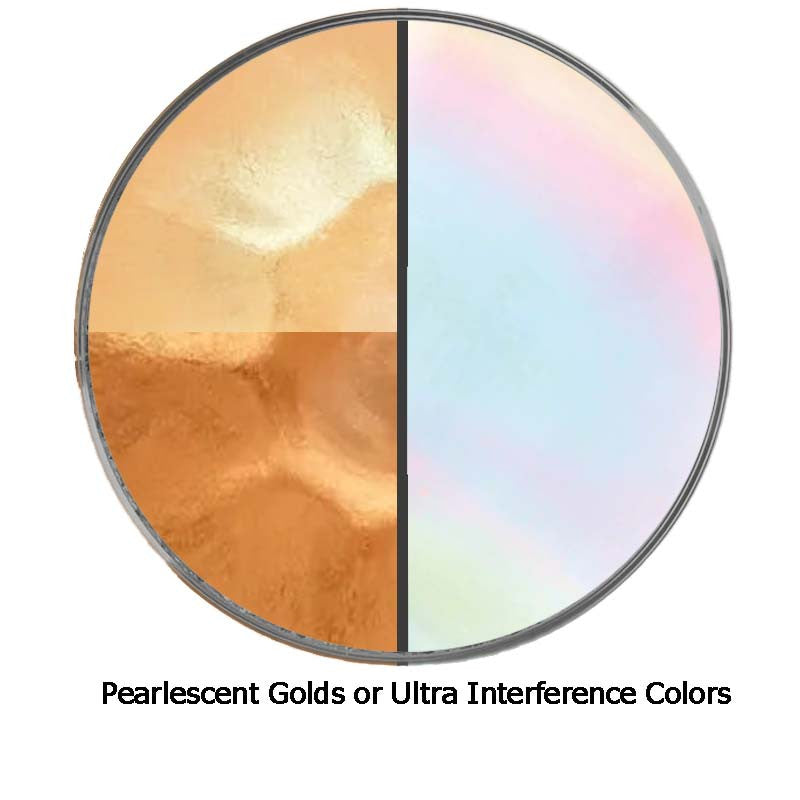

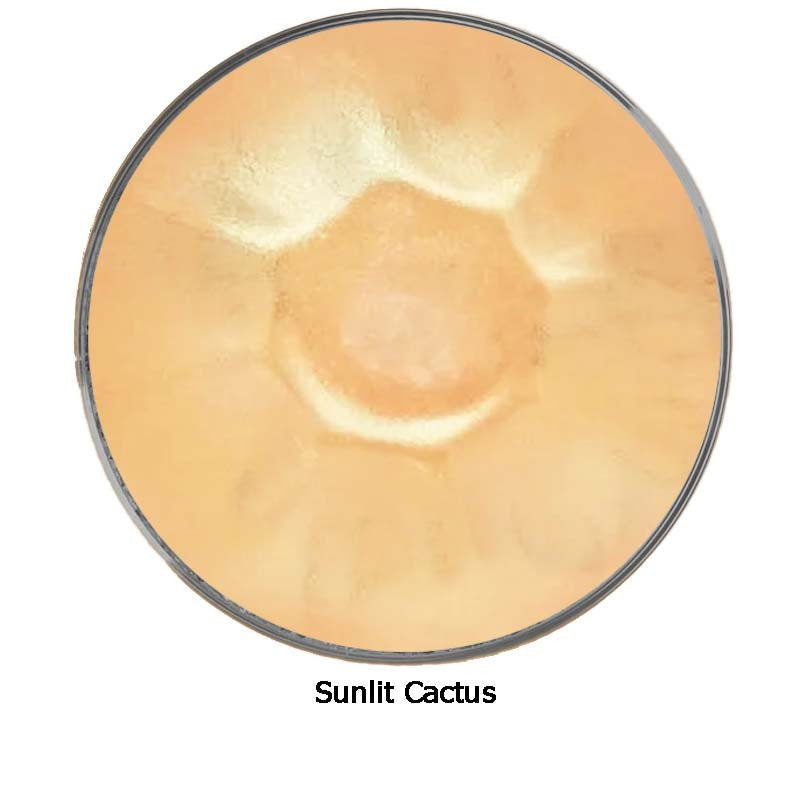















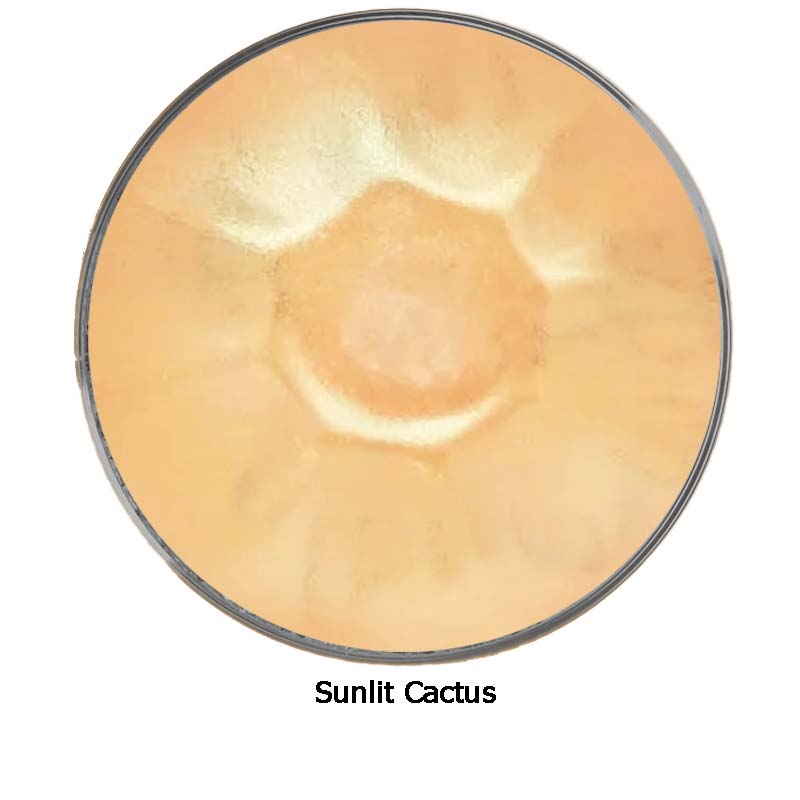

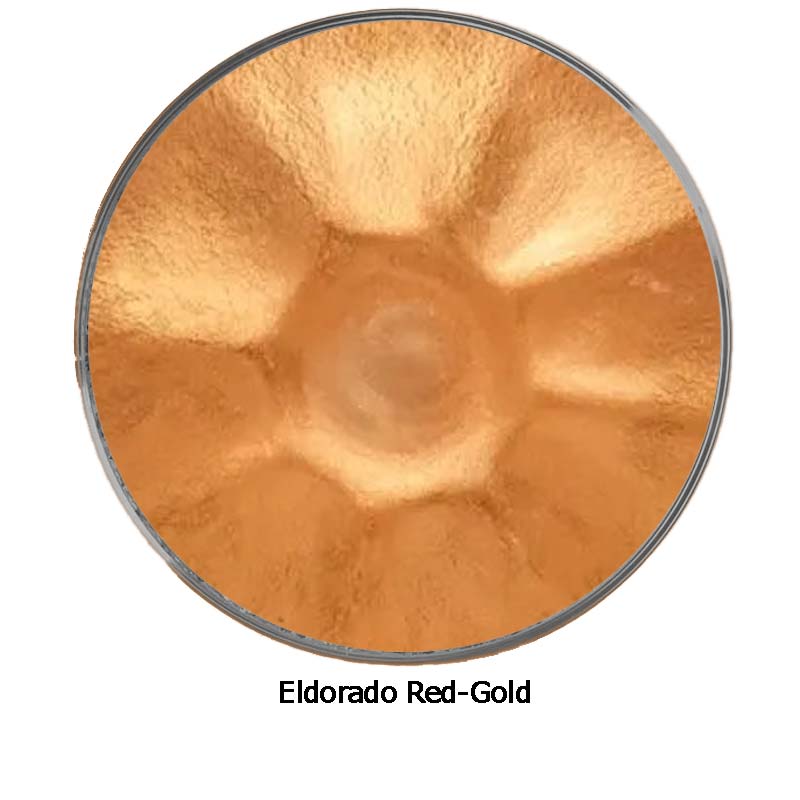

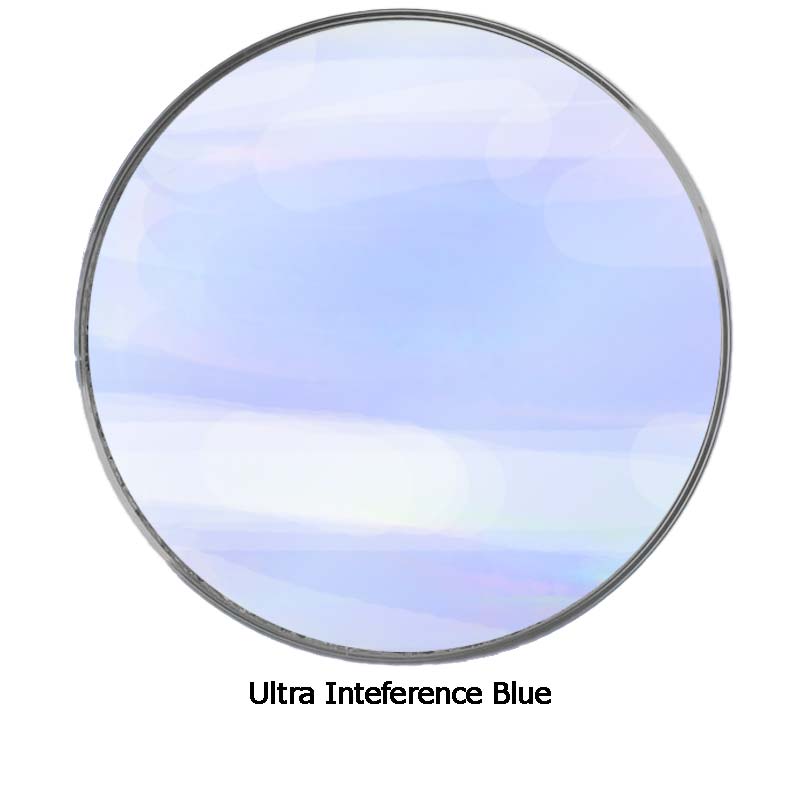

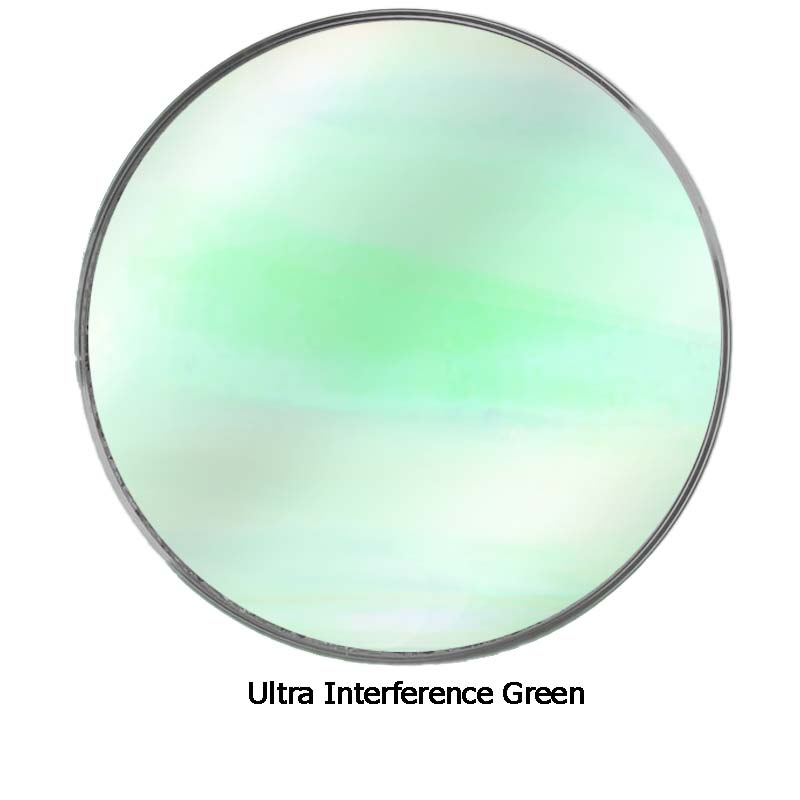

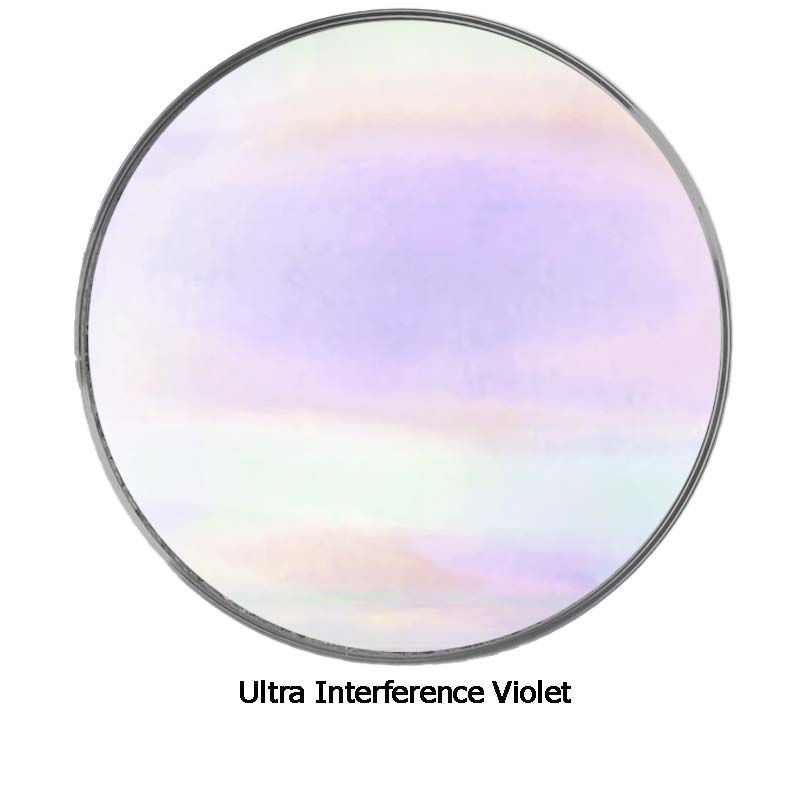






Fused Glass Pearlescent Interference Powder Color
- Price
- $10.95
Color: Sunlit Cactus Gold
Product information
Fused Glass Pearlescent Interference Powder Color
Glass based pearlescent and Interference powder pigments deliver color and exceptional dramatic optical effects including depth, sparkle and intense spectral colors. A large particle size, but thinner and smoother in surface the pearls offer the ability to create shimmering effects. The Interference Powder Color comes in 4 shades of Gold and 4 colors of Blue, Green, Gold or Violet. All 8 pearlescent colors will provide that specific color shifting but the Ultra Interference are white based and more subtle so they wont' distract from your underlying fused glass design; they will be more of an enhancement effect.
These are not straight mica powders. Pearlescent does contain some mica. How you apply Pearlescent pigments is similar to mica powders but specifically the Interference colors will produce more of a rainbow color effect in a specific color.
You most likely have heard of Pearlescent Luster Glass in glass history from the Louis Tiffany brand. The use of metals in creating Luster Glass started as far back as 1892. This unique glassmaking technique used metallic oxides that were absorbed into molten glass leaving an iridescent surface.
Today you can use natural micas and pearlescent pigment mixes more safely and widely on the surface of fused glass, torched glass and blown glass.
We have focused on offering a hand full of colors to enhance your fused glass artwork.
Pearlescent Powders are sold in 1 oz (28 gram) packets.
When used in a thin layer, 1 oz will cover approximately 10 sq ft.
(Application details below)
What is the difference in the look of Pearlescent and Iridescent treated fused glass?
Pearlescent glass surfaces have a softer luster effect
... thus the name pearl-like and it generates more of a Satin like finish. Pearlescent colors reflect white light depending upon the angle you are looking from and thus many Pearlescent colors are based in White and the color is displayed in the sheen on the surface of your glass.
Iridescent glass surfaces produces more of prismatic, reflective and rainbow-like color changing effect.
Both methods of glass surface treatment is visually different due to what is applied to the the molten glass and when.
- Pearlescent pigments are a compound of Natural Mica, Titanium Dioxide, and Iron Oxides applied to the glass when molten or prior to the glass reaching the soft molten temperature, and results in a satin shimmery effect
- Iridescent Glass uses the chemicals stannous chloride or lead chloride (both are toxic to humans) and are applied during the molten glass surface but in a reduced oxygenated atmosphere, resulting in a prismatic more reflective effect.
Pearlescent Colors:
Sunlit Cactus: This is a lighter tone of Yellow Gold. This is most common and popular of the Gold tones.
Eldorado Red Gold: This is a red/gold. Some would call it Aztec Gold or closer to a Rose Gold tone. It is a warm reddish shade that is between bright gold and traditional copper.
Pearlescent Yellow Gold: This is rich yellow tone gold. Some would call it Aztec Gold. It is a warm reddish shade that is between bright gold and traditional copper.
Russet Gold: This is more like a Chocolate Gold with Copper undertone. It is a warmer shade than a copper tone.
A wide array of gold shades can be obtained by differing particle sizes and the ratio of iron oxide to titanium dioxide.
- Pearlescent Color Composition: Mica, Titanium Dioxide, Iron Oxides
- Particle Size : 10-60 µm
Pearlescent Ultra Interference Colors:
Pearlescent Interference colors are pigments that will gives off high chroma, brightness, transparency and reflectivity and adds great visual depth and dimensionality to glass.
Blue pearl: Base color of white with Blue reflective hues
Green pearl: Base color of white with Green reflective hues
Gold pearl: Base color of white with Gold reflective hues
Violet pearl: Base color of white with Violet reflective hues
- Interference Color Composition: Aluminum Calcium Sodium Silicate, Titanium Dioxide, Tin Oxide
- Particle Size : 30-150 µm
Kiln tested: Pearlescent and Inference will fuse to Fusible glass and Float glass
Melting Point : 1,500 °F / 815 °C At this temp the product can burn off or rollup into the moving molten glass. Product matures best at a tack fuse to a slump fuse
Fused Glass Information Tips and Tricks for Application of Pearlescent and Ultra Inference Colors:
- Like Mica Powders, Pearlescent powders can be applied to glass in a very thin layer, but do not apply in thick layers. Instead at least tack fuse in-between thin layers and add another layers.
- It is best to not apply color all the way to the edges of the glass if you want to bond a clear capping glass. You want to have the edges free of product to allow the two layers to bond directly to each other during the fusing process.
- You can mix the powder with our paint medium and air brush onto the glass, use the medium and paint before sifting the powder over the glass or spray with a liquid hair spray and then sift.
Safety: Like any powdered glass or mica, you should always wear a mask to protect your lungs. Repeated high exposure to the dust can irritate the lungs and may cause lung scarring (fibrosis)
Recommended for You
- Choosing a selection results in a full page refresh.
Newsletter
Quick links
Our mission
Promote the Future of Custom Art Glass by providing inspiration thru sharing creativity and knowledge.
Contact Us
Follow us
!
